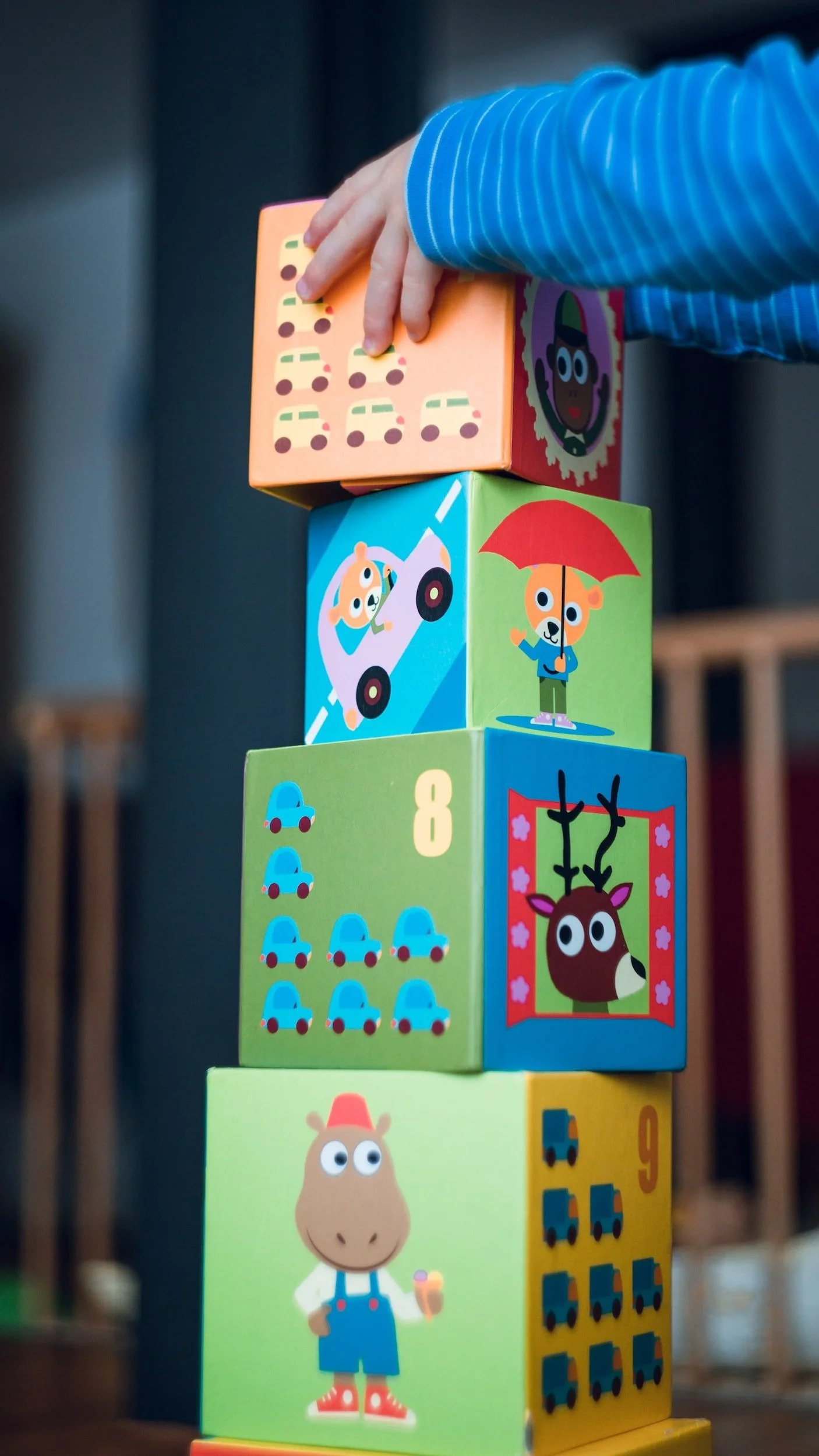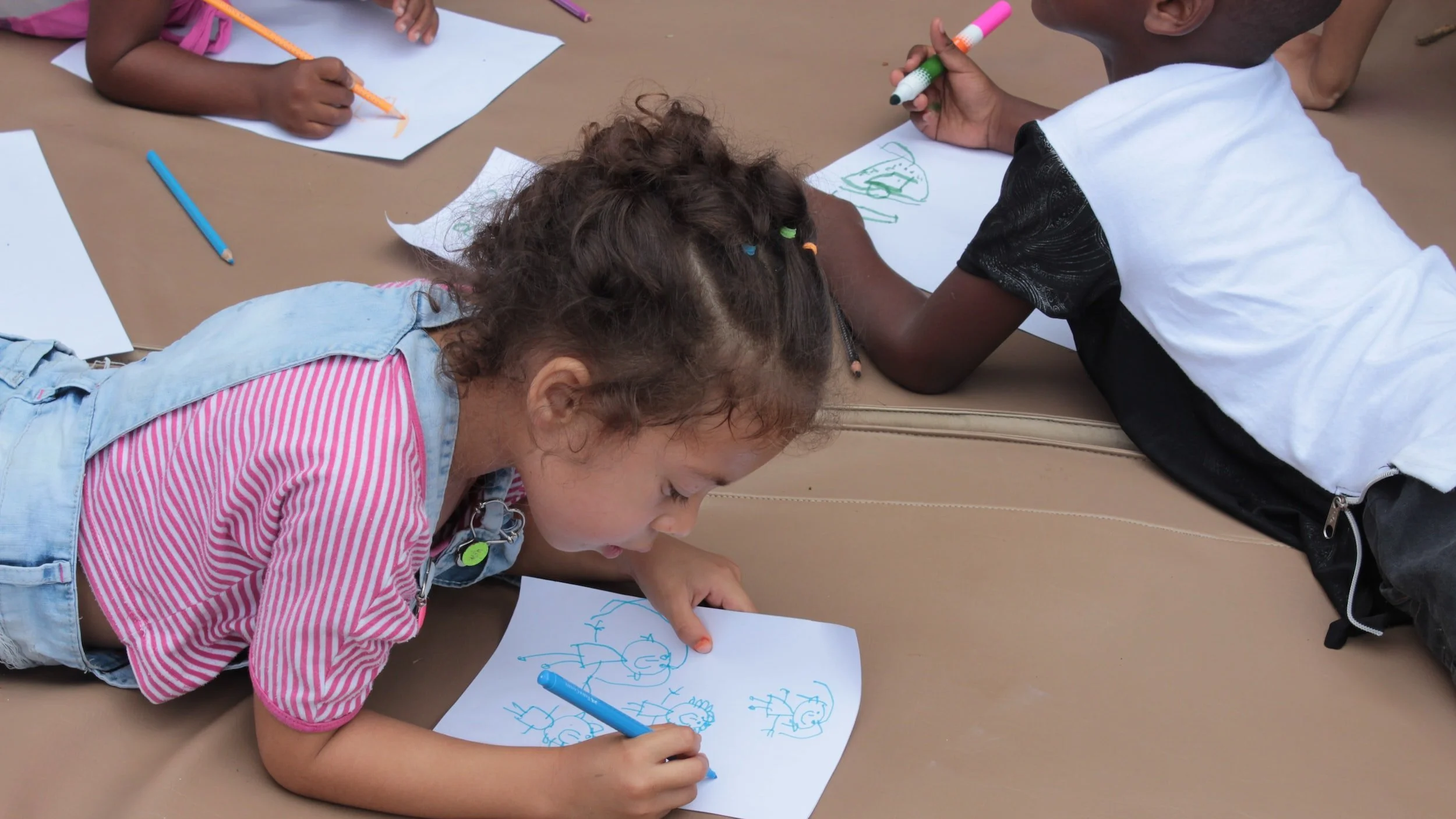
Our Program
Our Approach
Experience and research inform us that toddlers and preschoolers learn best when they are interested in a topic, are given the time and multiple opportunities to explore through all their senses, and when the adults in their lives are responsive to their specific interests and development. Our dual language emergent curriculum is unique, as it is driven by children’s interests and framed by the teachers. In our toddler program, children are immersed 100% in a Spanish-speaking learning environment to support their brain and language development. When children transition to the prekindergarten classrooms from ages three to five, the program implements a 90:10 model, in which Spanish is the primary language. In this way, children acquire different pre-academic and social skills in both English and Spanish, which further supports their self-confidence, critical thinking skills and social skills. They not only maintain their connection with their families and community through language, but are empowered by their confidence as they begin to develop into active global citizens.
Classroom teachers at La Escuela Comunitaria (ECB) are dedicated and highly trained in child development and early childhood education. As children are motivated to explore, touch, question, and make meaning of their environment, teachers facilitate, observe, and document children’s play. Children’s play is not separate from the curriculum, but identified as their work in which they actively research and participate in the environment. Through this approach, children exercise and develop their literacy, mathematical, problem solving, and social skills.
The Role of the Teacher
The ECB teacher is a facilitator and co-constructor of their young students’ learning journeys within a dual language classroom environment. As child development experts, teachers are led by children’s conversations and topics of interest to frame their students’ learning experiences. Their approach is relationship driven in which they actively listen and respect children's ideas. ECB teachers pose questions, are flexible with children’s answers, and promote hypothesizing and experimenting in the classroom. ECB teachers support children’s autonomy, leadership and positive risk taking, which helps build a sense of agency. Through constant observations, they intentionally design their classrooms’ physical and social spaces to promote interactions that foster children’s overall multilingual development, critical thinking skills and problem solving skills. Our teachers have a love for young children’s wonderings and are creative, organized, patient and passionate.
The Role of the Environment
The classroom environment is described as the child’s third teacher. In ECB classrooms, children interact with materials, both natural and purchased, that encourage wonder and discovery. The dynamic and diverse materials that teachers provide offer multiple opportunities for children to question, hypothesize and explore in a safe space in order to make meaning of their world. The environment in every classroom encourages and stimulates children’s learning and reflects the children’s unique development and learning experiences.





